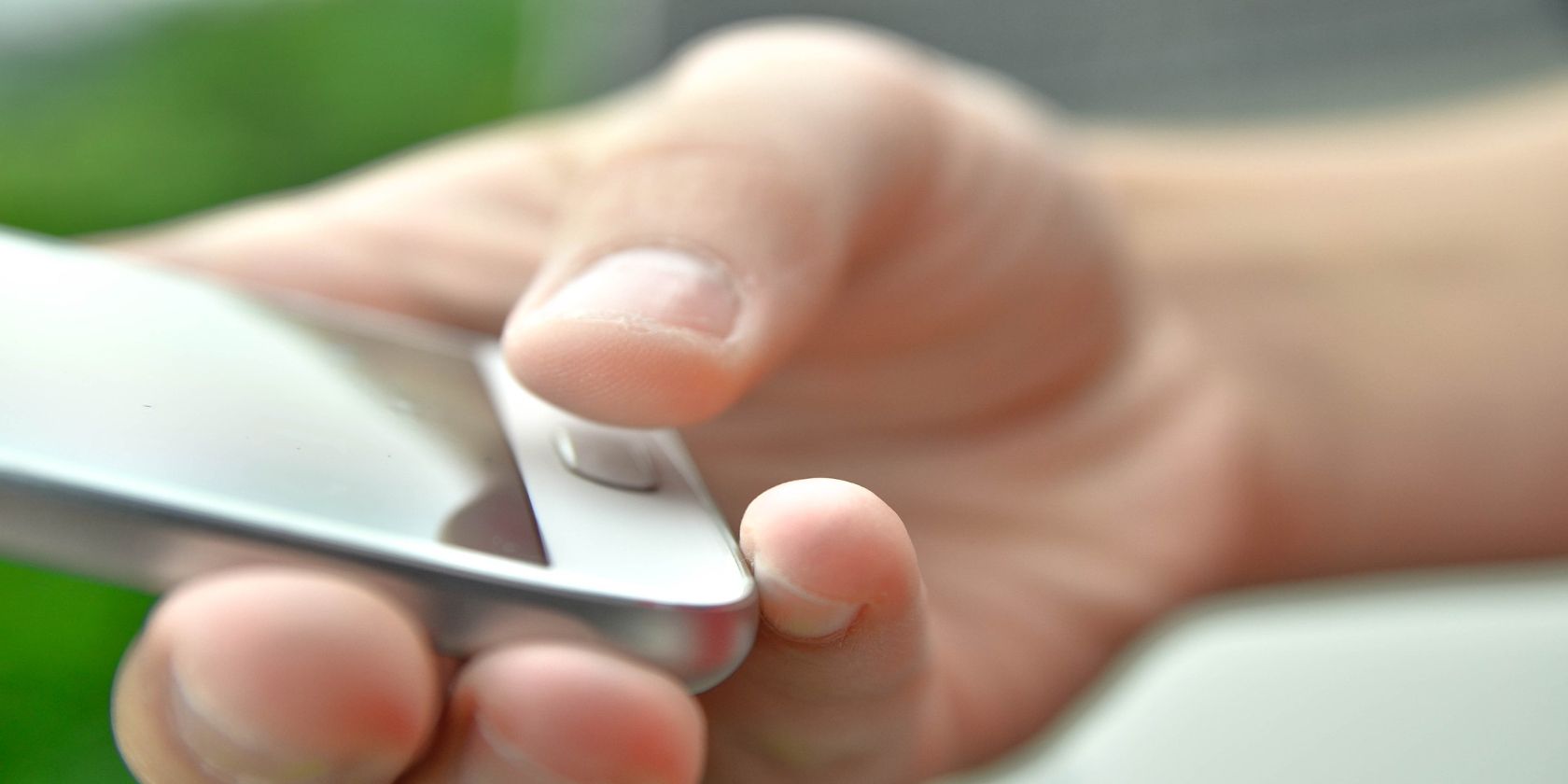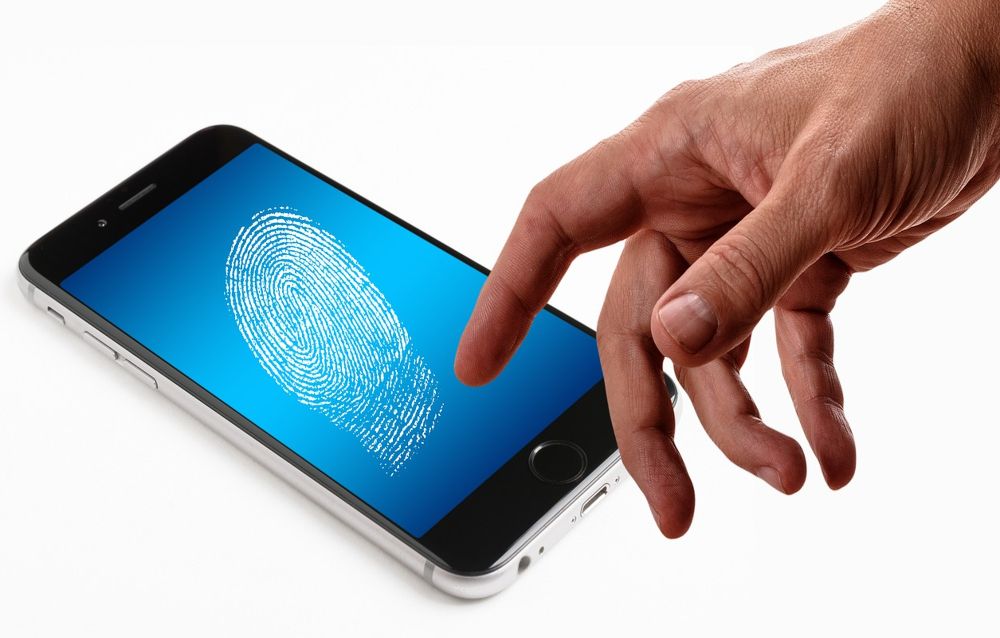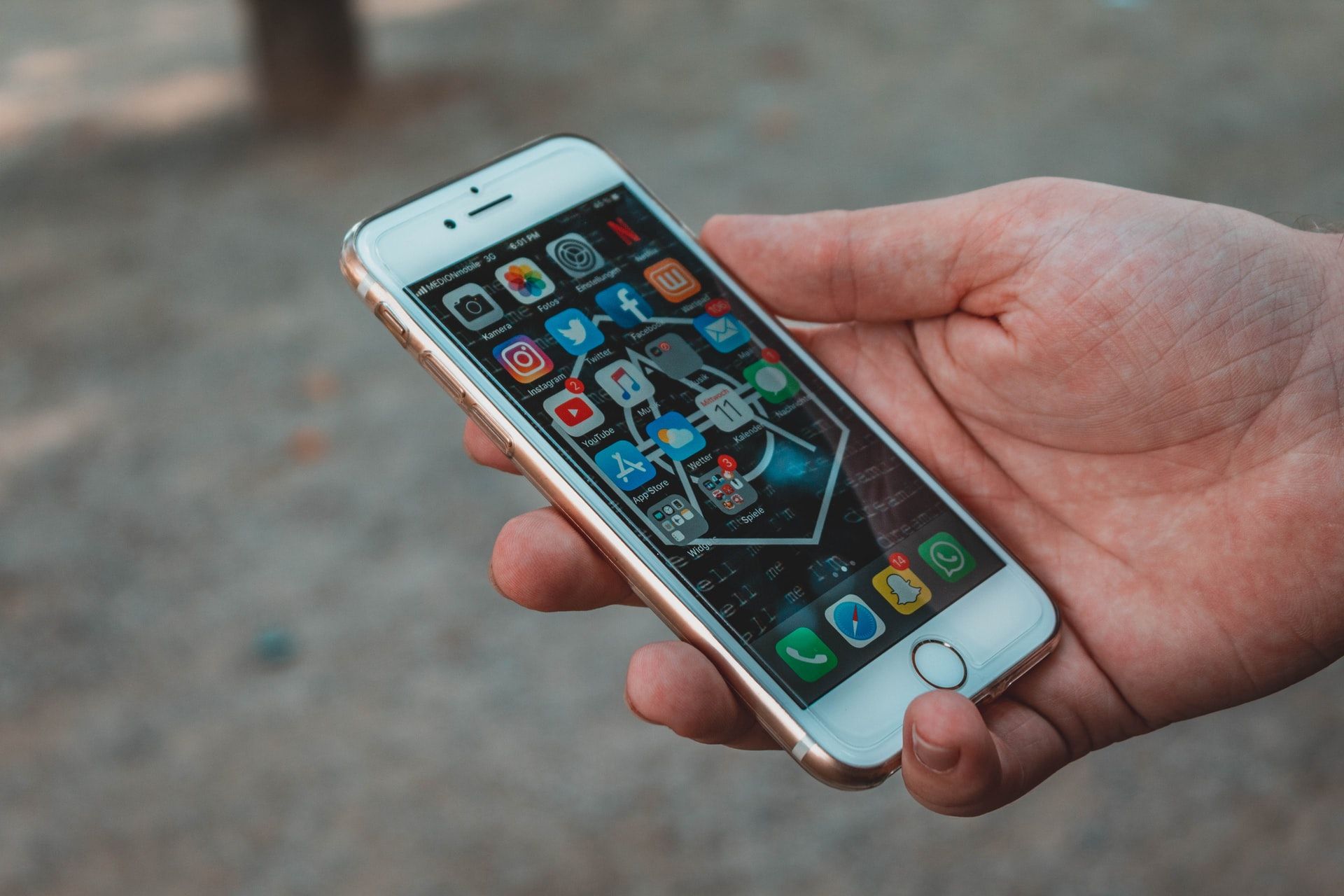The ability to identify yourself by simply touching a sensor has been a sought-after feature for years. Nowadays, fingerprint scanners are present all throughout our everyday lives—commonplace feature in our smartphones, computers, and other devices.
In this article, we'll take you on a journey to uncover the evolution of the fingerprint scanner. You'll find out about the most popular forms, plus more.
The First Fingerprint Scanners In Phones
The first phone with a fingerprint scanner to hit the market was the Pantech Gi100, released in the first half of 2004. The fingerprint scanner was mounted in the middle of the D-pad, and was the big talking point for an otherwise unspectacular device.
In the coming years, companies like Toshiba and HTC added fingerprint scanners to their phones. This was a step forward in making fingerprint scanners on phones mainstream.
Fingerprint Scanners On Modern Smartphones
The mid-2010s was when fingerprint scanners on smartphones really took off. The technology became a common feature for flagship smartphones. Apple's first phone with the technology was the iPhone 5s, and Samsung's was the Galaxy Note4.
In the latter half of the decade, fingerprint scanners were on the flagship devices of every major smartphone manufacturer's new releases.
Today, the fingerprint scanner is nothing really special. The new standard that's been picking up steam is the in-display fingerprint scanner. The first phone to have this technology was the Vivo X20 Plus UD, which was released in 2018.
Now, most leading smartphone original equipment manufacturers (OEMs)—like Samsung, OnePlus, and ASUS—put in-display fingerprint scanners in their phones.
The Technology Behind Modern Fingerprint Scanners
As of 2021, three of the main types of fingerprint scanners in use are: optical, capacitive, and ultrasonic. Each method uses completely different branches of science to come to the same result.
1. Optical Fingerprint Scanners
Optical fingerprint scanners use light to create an optical image of the fingerprint. This is then stored in the device's memory. When the device detects that there is a fingerprint on the scanning area, it compares it to the saved image.
Inside the optical fingerprint scanner, there's a three-sided prism. The finger is placed on one of its faces. A light source shines in through one of the adjacent faces. The light bounces off and exits through the other face, hitting a light sensor. This works much like a digital camera.
Though this method is easy to understand, it's not really efficient when it comes to space. While this technology can be utilized in larger machines, it's not the best for smartphones. One big downside of optical fingerprint scanners is that they can be fooled by putting a photo of a fingerprint up to the sensor. There are many ways that hackers can bypass your fingerprint scanner, and this is one of them.
2. Capacitive Fingerprint Scanners
Capacitive fingerprint scanners are common in the world of smartphones and does not require light to function. The technology that capacitive fingerprint scanners use is similar to that used in touch screens.
The science behind capacitive fingerprint scanners is a bit harder to explain, but it can make sense with some gross oversimplification. The scanning area uses a capacitor array circuit (basically, it's an area that detects changes in electrical charge).
When you place your finger on the scanning area, the ridges of your fingerprint (the parts that stick out) come into contact with the array. When the ridges come into contact with the scanner, they change the electrical charge of that area.
The only areas that get affected are specifically where the ridges touch the array. The valleys (the areas of your fingerprint between the ridges) don't come into contact with the array. This lets the array identify the structure of the fingerprint. Through this, the technology can produce a picture of the fingerprint.
One benefit of this type of fingerprint scanner is that pictures cannot be used to fool them—as is the case with optical fingerprint scanners.
3. Ultrasonic Fingerprint Scanners
Ultrasonic fingerprint scanners are a bit easier to explain. When your finger is placed on the scanner area, a very high-pitched noise is emitted. When the sound waves bounce back to the sensor, it then makes its measurement.
Sound waves that hit the ridges return to the sensor before sound waves that hit the valleys. The sensor analyzes which waves return first, and makes a map of the fingerprint profile based on this.
Fingerprint Scanners Have Come A Long Way
Every technology that we take for granted today has a long history spanning back decades. Fingerprint scanners are no different. The technology that we use to unlock our phones has been through more than 100 years of development before it even unlocked its first ever phone.



